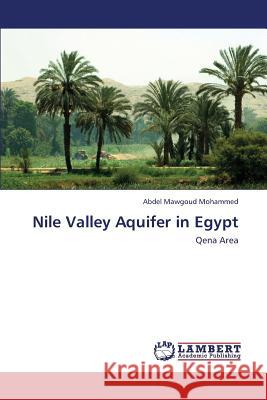Nile Valley Aquifer in Egypt » książka
Nile Valley Aquifer in Egypt
ISBN-13: 9783659307638 / Angielski / Miękka / 2013 / 256 str.
The value of groundwater is inestimable, especially in the arid regions of the world. The Nile Valley divides Egypt into two unequal parts: the Western or Libyan Desert and the Eastern Desert. The majority of the population of Egypt is concentrated in the Valley and Delta of the Nile. The Nile Valley aquifer is bounded the River Nile in both Eastern and Western sides. It constitutes the largest shallow aquifer in Egypt and is extensively used for both domestic and agricultural purposes. The work discusses in great detail the geographic extension and the hydrogeology of the aquifer. The chemical composition of the aquifer is attributed to surface water-groundwater interactions, carbonate dissolution, ion exchange and mixing of the aquifer water with deep groundwater. The work concludes an increasing threat of contamination from urbanization, sewer systems installed above the water table, and agricultural activities exists. A great concern should be of potential nitrate pollution of the aquifer and the subsequent health and environmental risks due to increasing agricultural activities.











